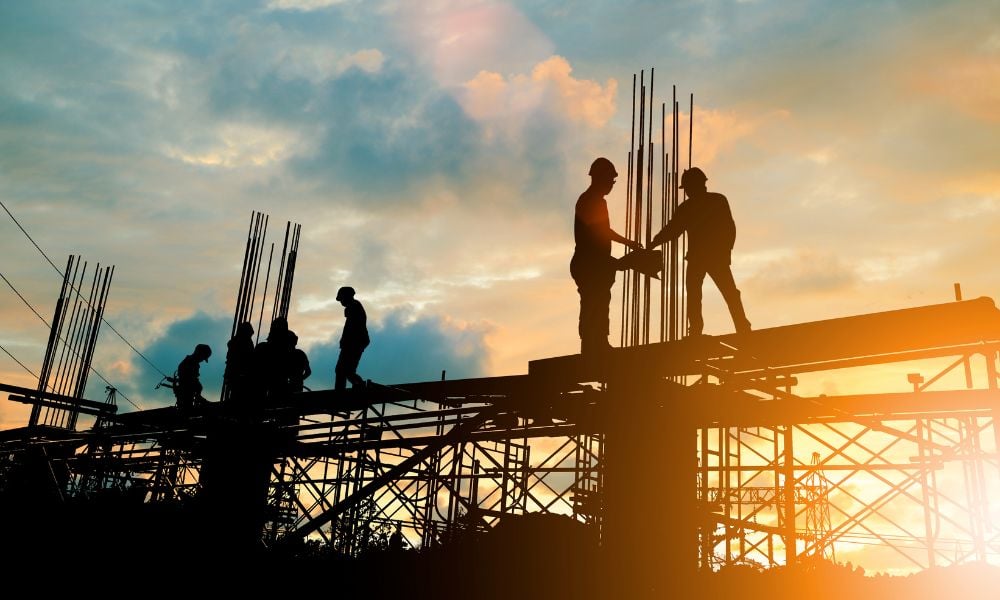QV reports steady increase in building costs despite economic stabilisation

A new study conducted by QV CostBuilder has uncovered a substantial 44% increase in home building costs over the past four years across major New Zealand cities, despite a general slowdown in inflation during the last year.
Regional variations in construction expenses
The study analysed the cost of constructing a standard 150m² home in six key urban areas: Auckland, Wellington, Christchurch, Dunedin, Hamilton, and Palmerston North.
Findings indicated that Dunedin experienced the sharpest rise in construction costs at 47.1%, with Palmerston North close behind at 46%.
Conversely, Auckland saw the smallest increase at 39.4%, despite being the most expensive city for building a home overall.
Impact on Wellington’s construction market
Wellington, in particular, noted a significant real-dollar increase, with the average building cost rising by $900 per square meter over the four years, translating to an average percentage increase of 45.9% since 2020.
This trend reflects broader national patterns where construction costs have generally risen sharply across the board.

Deceleration in cost inflation
The silver lining comes with the recent deceleration in building cost inflation.
In 2024, the increase ranged from just 0.7% to 2.2% across the studied cities, with the smallest hikes recorded in Auckland and Hamilton (both at 0.7%), and the highest in Palmerston North (2.2%).
“There are currently no significant differences in the rate of construction cost increases across the country...,” said Martin Bisset, QV CostBuilder quantity surveyor. “It’s good to see that construction costs have become significantly more stable in recent years.”
Future outlook and challenges
However, Bisset cautioned that external factors such as geopolitical instability, trade wars, and rising tariffs on building materials could potentially impact future costs.
“Given that Aotearoa relies so heavily on importing building materials, a lot always depends on the buying power of the New Zealand dollar,” he said.
Construction specifications and cost considerations
The QV study defined the standard home as having three to four bedrooms and one to two bathrooms, with specific building materials and quality finishes.
Notably, the quoted rates included preliminaries, margin, and contingency costs but excluded land costs, demolitions, site works, external utilities, professional fees, and GST.
Preparing for the next quarterly update
As QV CostBuilder gears up for its next quarterly release, early indicators suggest that the first quarter of 2025 has been relatively stable.
Bisset stressed that while average figures provide a general guide, the actual costs of building a home can vary greatly based on finishes, layout, and other factors, stressing the importance of thorough planning and budgeting in construction projects.



